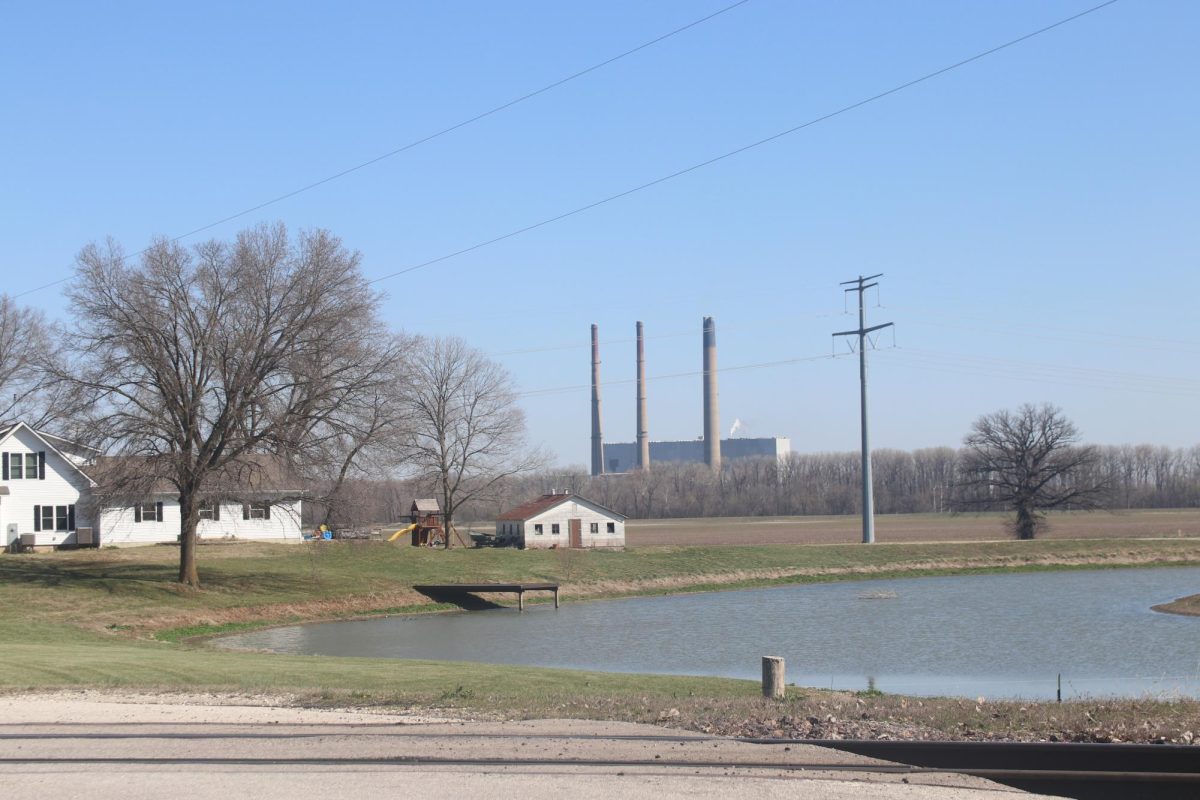For Yaw Oduro, freshman, electricity wasn’t always as simple as flicking a switch.
Oduro was born in South Africa and lived there for 14 years. South Africa began experiencing chronic power outages due to aging energy infrastructure and delayed governmental response. Since 2007, the country has had scheduled load-shedding, alternating periods in which cities and regions lack electricity each day to save power, according to the Kleinman Center for Energy Policy.
Without power, people couldn’t use water or bathe before going to school, Oduro said. Doing laundry and charging devices was challenging.
“They would have to call off school early when the power went out,” Oduro said.
Worldwide, nearly 1 out of every 10 people lack reliable electricity, according to data from the U.S. Energy Information Administration.
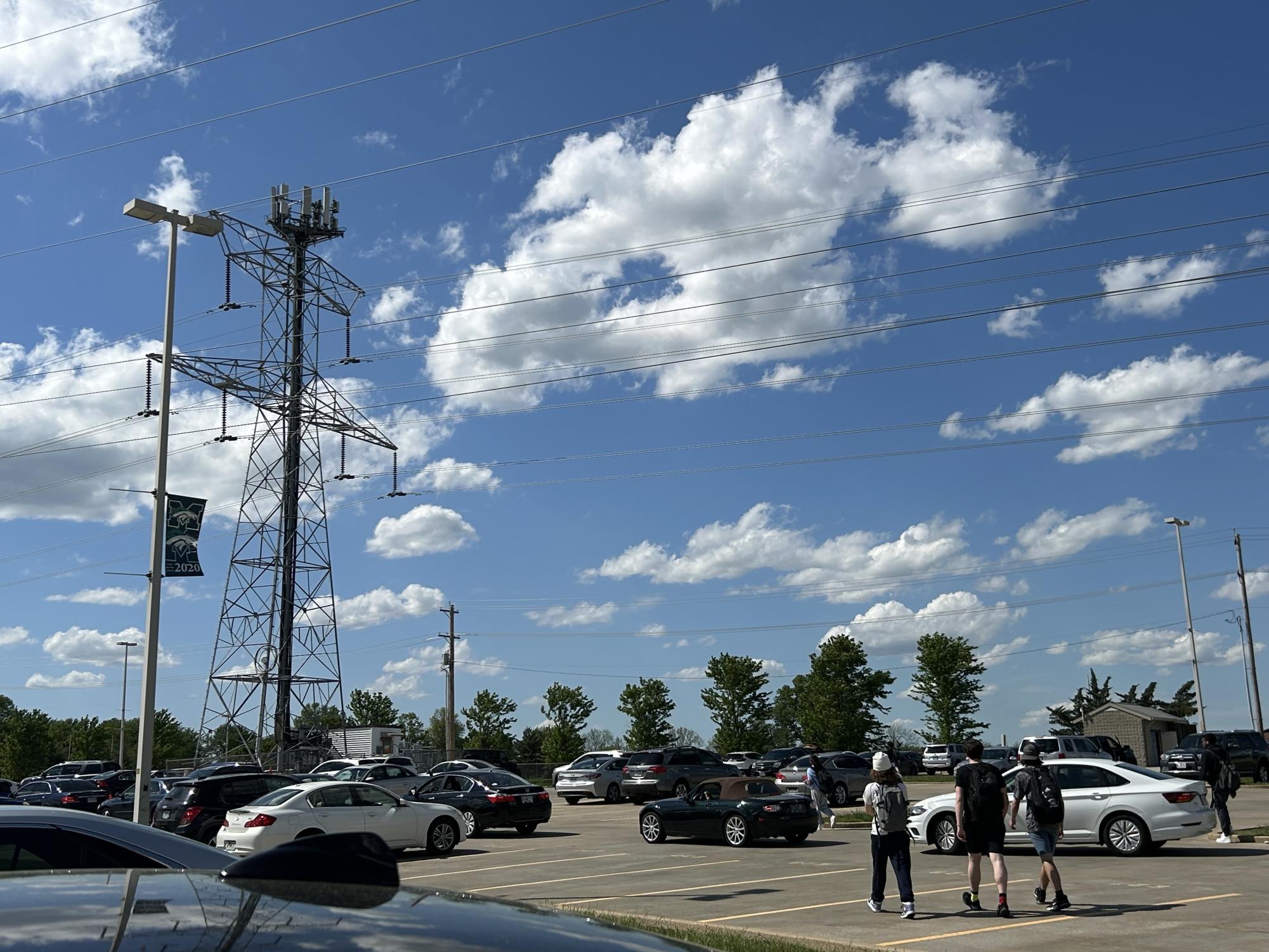
A reliable energy grid is essential for the daily function of the school. Electricity plays a major role in the classroom for running smartboards, Chromebooks and operating computer labs and printing services.
Principal Dr. Tracey Waeckerle said MHS has made strides to conserve energy over the past 30 years. Many areas of the building now have motion sensor lights, which turn off when no one is present.
“On long breaks, we always send out reminders to teachers to unplug things that aren’t essential when people aren’t here,” Dr. Waeckerle said. “We ask students to charge Chromebooks at home and have those prepared so we’re not having things plugged into outlets all day excessively.”
Dr. Waeckerle said there are no specific plans in place for major energy efficiency improvements, but when periodic renovations do occur, energy-efficient lighting and equipment are installed.
Bill Branson, coordinator for maintenance and grounds service in the district, said the district is currently in a retro-commissioning program. The district is evaluating and tweaking the performance of existing buildings’ electricity efficiency.
“Some of the last things that we renovated at Marquette were the STEM labs,” Branson said. “Focusing on the energy efficiency of the equipment is part of the equation as we move forward.”
Branson said the district has focused on upgrading roof systems, installing higher efficiency HVAC systems and energy-efficient boilers, updating lighting systems, adding energy-efficient appliances and technology and adding water-saving strategies such as “smart” irrigation systems.
Local Power
While the district moves toward greater energy efficiency, Ameren, the power company that supports the St. Louis region, is making a gradual shift to cleaner and renewable energy sources as well.
Currently, Ameren’s target is to install 5400 megawatts (MW) of wind and solar power by the mid-2030s. Although no specific plans exist for renewable energy centers near MHS, Ameren will install several energy facilities near the St. Louis region to produce electricity where it is consumed the most.
Scott Wibbenmeyer, senior director of renewable development at Ameren, is in charge of Ameren’s switch from fossil fuels to renewable energy.
“Missouri right now receives the majority of its energy from fossil fuels and has a balanced mix of about 15% renewables and some nuclear as well,” Wibbenmeyer said.
Missouri right now receives the majority of its energy from fossil fuels and has a balanced mix of about 15% renewables and some nuclear as well,
— Scott Wibbenmeyer
Labadie Energy Center, 22 miles from MHS, is the largest coal-fired power plant in Missouri and generates 2,389.4 MW of electricity per hour. Labadie is most important power producer in the St. Louis region.
All of Ameren’s energy plants are connected to Missouri’s energy grid, Wibbenmeyer said.
“If Labadie goes offline, you won’t lose power for that reason,” Wibbenmeyer said. “So if Labadie is turned off, which we do for maintenance, the lights don’t go out.”
Like most of Ameren’s fossil fuel power plants, Labadie has provided energy for decades. Labadie Energy Center began operating in 1973 and continues to generate electricity at full capacity.
Missouri energy rates remain low because many coal and gas plants were not installed recently and are partially paid for.
“Ultimately, it’s just become so old that it needs to retire, like any old device or person,” Wibbenmeyer said. “We’re going to run it until its end-of-life to make sure we’ve gotten all the value out of it for our customers.”
Wibbenmeyer said Ameren invests in Labadie to ensure it operates reliably as Ameren transitions to a new power fleet over the next 20 years.
Future of Electricity
Kevin Koch, AP Environmental Science teacher, said a “smart-grid” approach is best for the future of the U.S. electricity grid due to the environmental costs of centralized power centers.
“You would have multiple energy generation sources besides one centralized plant like most of the U.S. energy production,” Koch said.
Koch said the Parkway School District is a model to look at for this, as each building generates some of its energy with rooftop solar arrays.
“Our school and district is doing what it can to improve energy use,” Koch said. “MHS could generate some of its power using solar generation; however, this would take approval by the board and the community.”
Our school and district is doing what it can to improve energy use. MHS could generate some of its power using solar generation; however, this would take approval by the board and the community.
— Kevin Koch
Branson said the district has considered solar power a few times over the years but it has never gone further than the planning phase. The maintenance of solar panels and the roof below is a big reason why the district has strayed from getting solar panels.
“Solar panels and their supports can get in the way of locating and repairing roof leaks. If a roof system replacement is planned, then the panels have to be removed, stored, then put back in place when the job is complete,” Branson said. “This adds a significant cost to a roof replacement project.”
Annemarie Nauert, Ameren renewable energy program supervisor, said Ameren is trying to offer more affordable ways for nonprofit organizations, including schools, to get solar panels.
“Solar is part of an overall solution to grid reliability, customer affordability and moving toward sustainable energy,” Nauert said.
Additional reporting by Willem Hummel
This story was originally published on Marquette Messenger on May 8, 2024.





![With the AISD rank and GPA discrepancies, some students had significant changes to their stats. College and career counselor Camille Nix worked with students to appeal their college decisions if they got rejected from schools depending on their previous stats before getting updated. Students worked with Nix to update schools on their new stats in order to fully get their appropriate decisions. “Those who already were accepted [won’t be affected], but it could factor in if a student appeals their initial decision,” Principal Andy Baxa said.](https://bestofsno.com/wp-content/uploads/2024/05/53674616658_18d367e00f_o-1200x676.jpg)
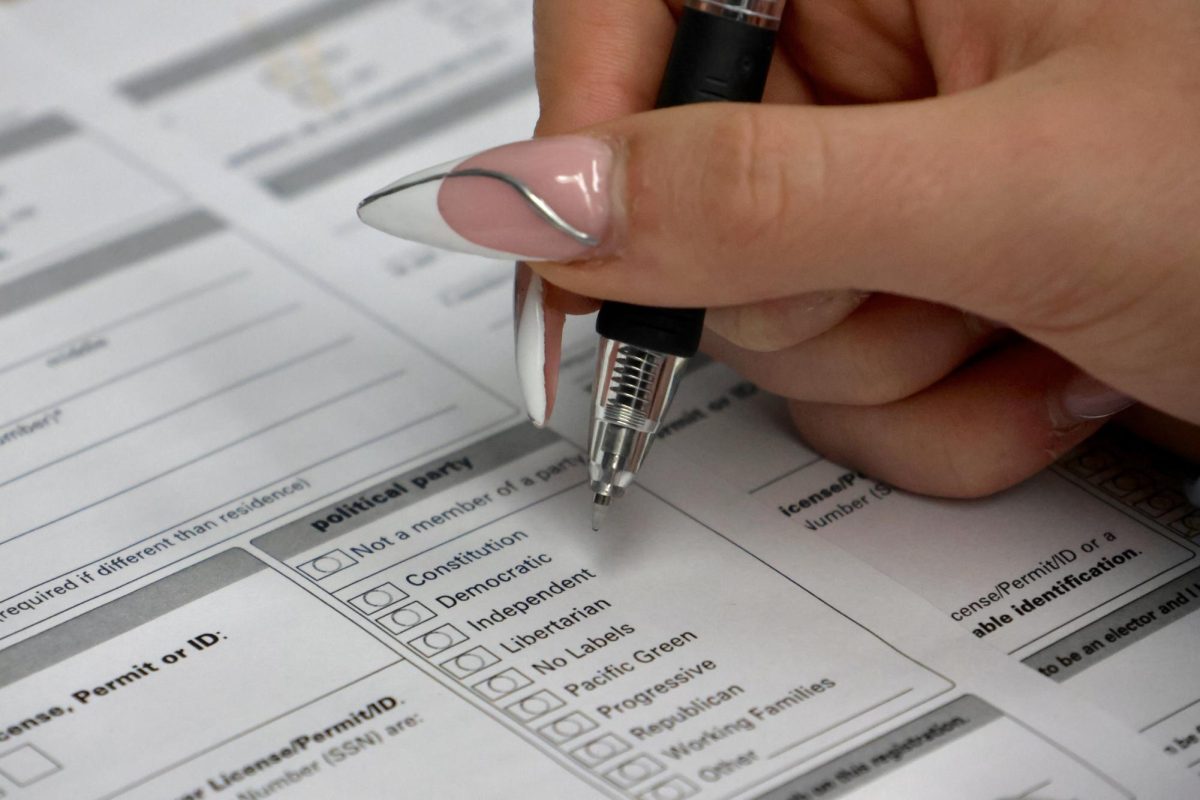





![Junior Mia Milicevic practices her forehand at tennis practice with the WJ girls tennis team. “Sometimes I don’t like [tennis] because you’re alone but most of the time, I do like it for that reason because it really is just you out there. I do experience being part of a team at WJ but in tournaments and when I’m playing outside of school, I like that rush when I win a point because I did it all by myself, Milicevic said. (Courtesy Mia Milicevic)](https://bestofsno.com/wp-content/uploads/2024/06/c54807e1-6ab6-4b0b-9c65-bfa256bc7587.jpg)







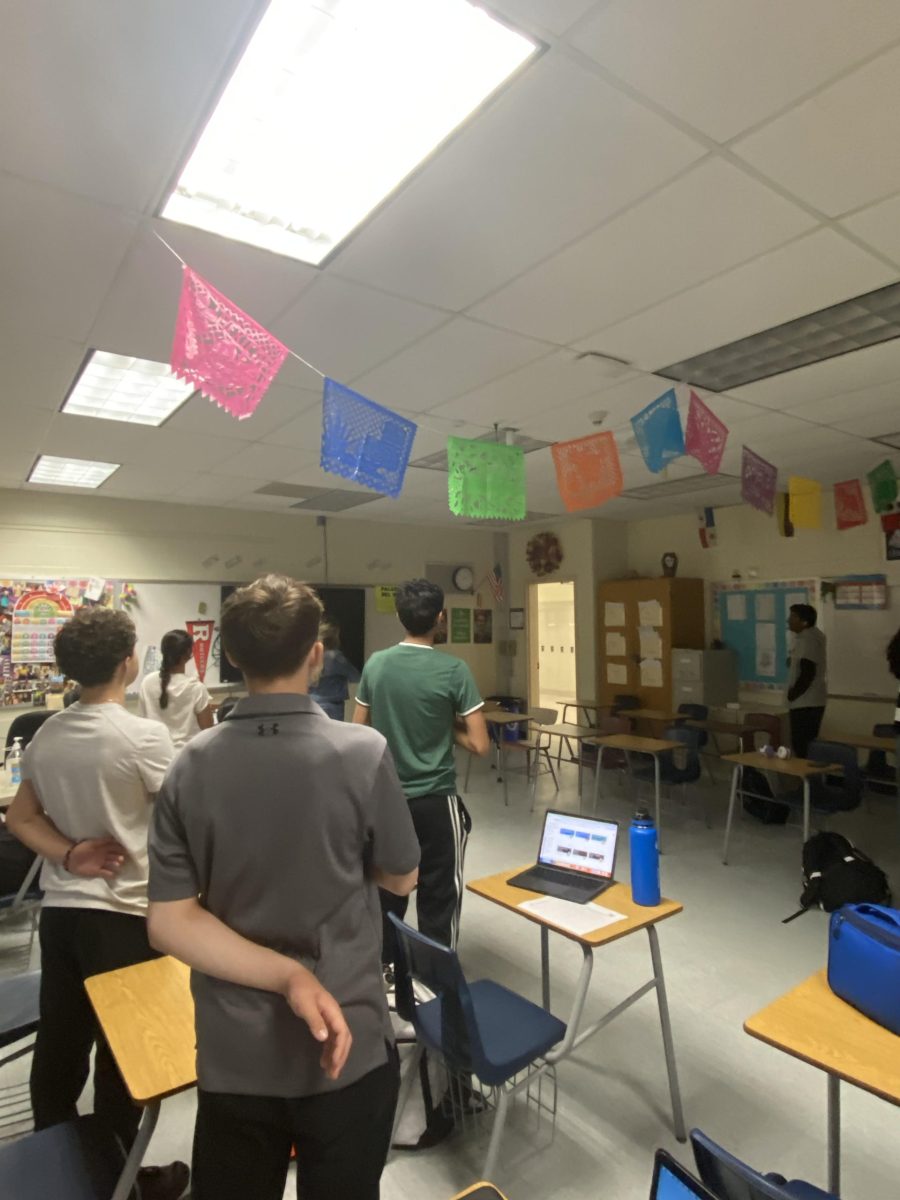
![The Jaguar student section sits down while the girls basketball team plays in the Great Eight game at the Denver Coliseum against Valor Christian High School Feb. 29. Many students who participated in the boys basketball student section prior to the girls basketball game left before half-time. I think it [the student section] plays a huge role because we actually had a decent crowd at a ranch game. I think that was the only time we had like a student section. And the energy was just awesome, varsity pointing and shooting guard Brooke Harding ‘25 said. I dont expect much from them [the Golden Boys] at all. But the fact that they left at the Elite Eight game when they were already there is honestly mind blowing to me.](https://bestofsno.com/wp-content/uploads/2024/05/IMG_7517-e1716250578550-900x1200.jpeg)






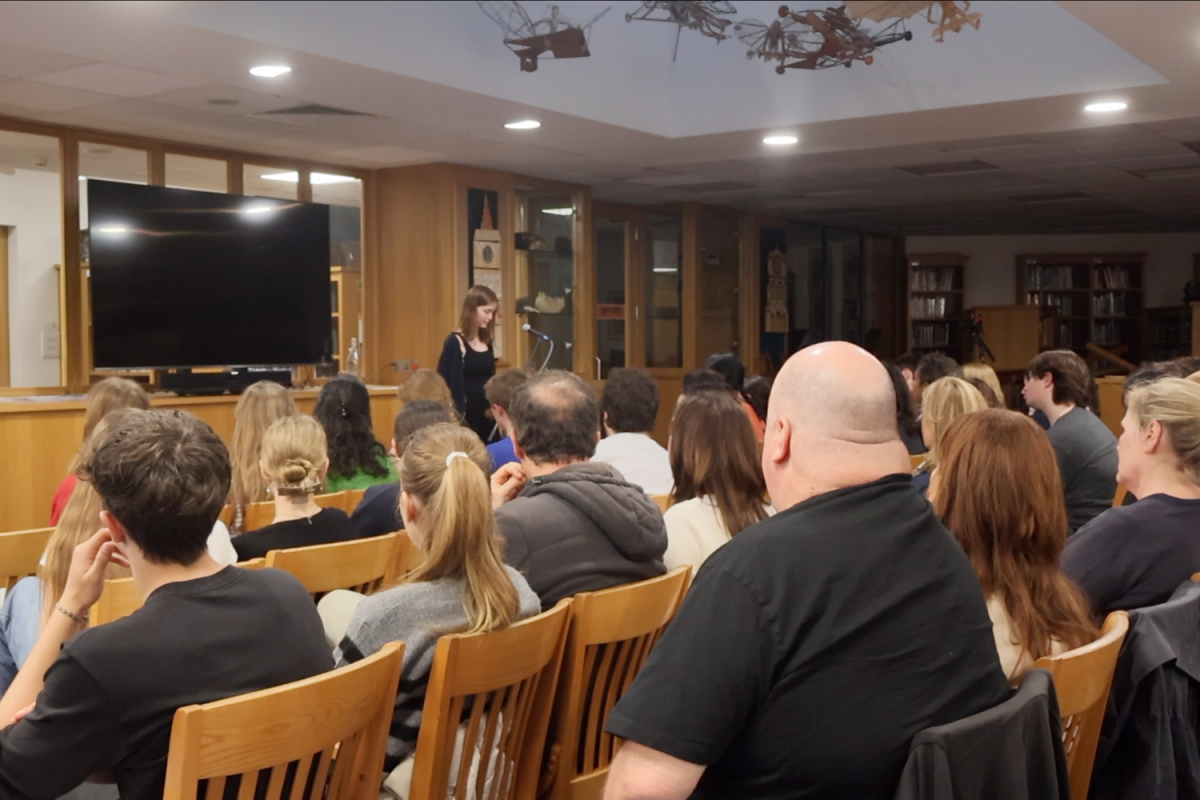


![BACKGROUND IN THE BUSINESS: Dressed by junior designer Kaitlyn Gerrie, senior Chamila Muñoz took to the “Dreamland” runway this past weekend. While it was her first time participating in the McCallum fashion show, Muñoz isn’t new to the modeling world.
I modeled here and there when I was a lot younger, maybe five or six [years old] for some jewelry brands and small businesses, but not much in recent years,” Muñoz said.
Muñoz had hoped to participate in last year’s show but couldn’t due to scheduling conflicts. For her senior year, though, she couldn’t let the opportunity pass her by.
“It’s [modeling] something I haven’t done in a while so I was excited to step out of my comfort zone in a way,” Muñoz said. “I always love trying new things and being able to show off designs of my schoolmates is such an honor.”
The preparation process for the show was hectic, leaving the final reveal of Gerrie’s design until days before the show, but the moment Muñoz tried on the outfit, all the stress for both designer and model melted away.
“I didn’t get to try on my outfit until the day before, but the look on Kaitlyn’s face when she saw what she had worked so hard to make actually on a model was just so special,” Muñoz said. “I know it meant so much to her. But then she handed me a blindfold and told me I’d be walking with it on, so that was pretty wild.”
Caption by Francie Wilhelm.](https://bestofsno.com/wp-content/uploads/2024/05/53535098892_130167352f_o-1200x800.jpg)







